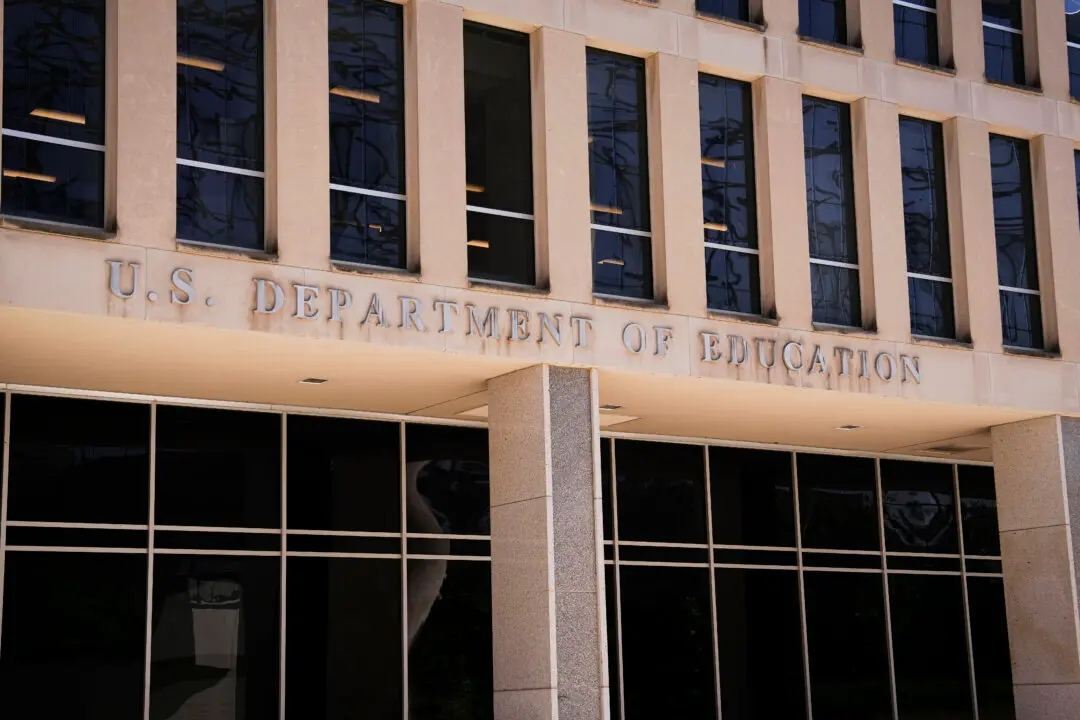The Education Department defines hardship as an event or situation “likely to impair the borrower’s ability to fully repay the loan or render the costs of continued collection of the loan unjustified.”
Examples of eligible hardships include unexpected medical bills, high child care costs, caregiving expenses for chronically ill family members, or severe financial losses from the impact of natural disasters.
Under the proposal, borrowers with eligible hardships would have two paths to the bailout. In the first, the Education Department could provide a one-time debt cancellation to those it believes have an 80 percent chance of defaulting on their loans within two years. The department said it will use 17 “non-exclusive factors” such as household income, assets, debt balances, and required payments relative to household income, to determine whether someone automatically qualifies.
The second pathway requires borrowers to apply and prove they have “severe negative and persistent circumstances.” If all other repayment options have been exhausted, the U.S. Secretary of Education Miguel Cardona could waive the debt.
There are already rules in place allowing people to temporarily stop making student loan payments in situations like unemployment or rehabilitation but, according to the department, they fail to help those with “unexpected and long-term” financial disruptions.
“For far too long, our broken student loan system has made it too hard for borrowers experiencing heartbreaking and financially devastating hardships to access relief, and it’s not right,” Cardona said.
The Education Department will soon publish the draft rule in the Federal Register for a 30-day public comment period. The federal government expects to finalize the rule in 2025, although its future could hinge on the outcome of the Nov. 5 presidential election.
The hardship rule is part of a broader regulatory effort called “Plan B,” which takes a more targeted approach than the federal government’s defeated plan to offer a blanket cancellation of up to $20,000 for each borrower.
Opponents have preemptively challenged Plan B, arguing that it mirrors—if not exceeds—the scale and cost of the original plan the U.S. Supreme Court declared unconstitutional. In September, a coalition of seven Republican-led states sued in Georgia and successfully blocked Plan B before it was finalized.
The block was briefly lifted on Oct. 2, when U.S. District Court Judge J. Randal Hall found that Georgia lacked standing to sue. Hall dismissed Georgia from the case and transferred it to Missouri, stating that Missouri has “clear standing” because it runs a quasi-state agency that would lose revenue from servicing federal loans if debts are wiped out.
On Oct. 3, U.S. District Judge Matthew Schelp in Missouri granted an injunction requested by the six remaining states to block any student loan cancellation while the litigation continues.







